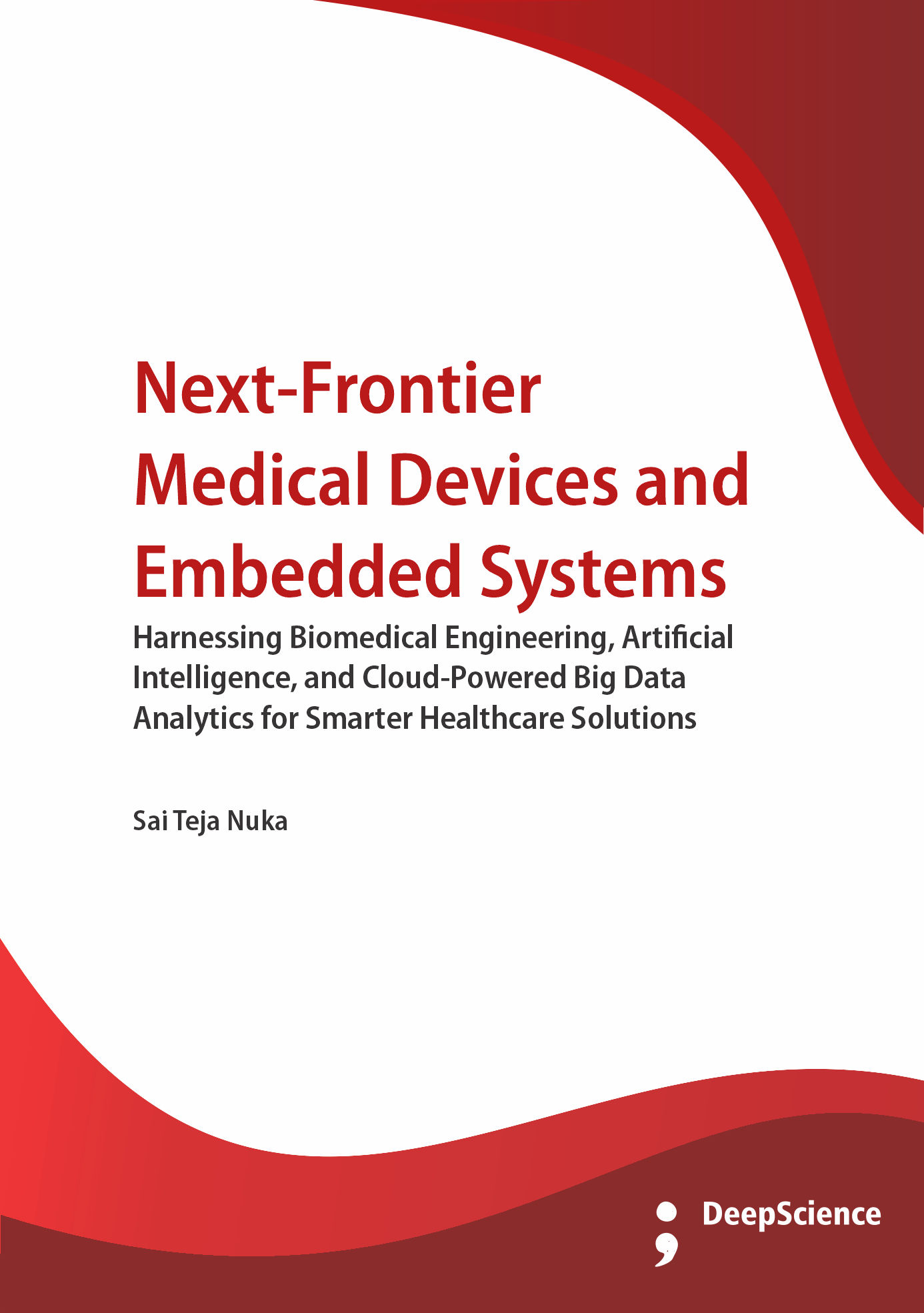Development of real-time monitoring solutions using embedded sensors and edge computing
Synopsis
The rapid development of wireless technologies has enabled the creation of a wide range of low-cost embedded network sensors that allow easy access to information concerning air quality in urban areas. Through the capture, transfer, and subsequent processing of information, it is possible to understand the existing conditions in a given area. However, the overwhelming amount of data that the sensors are generating in real-time needs to be efficiently processed in a timely manner in order to detect and warn against possible fluctuations and emergencies in the environment. For that, real-time processing of embedded sensor data using edge computing solutions has been implemented to achieve a greater level of reactivity and lower network demands. The main purpose of this chapter is to present two real-time monitoring solutions employed for measuring indoor and outdoor air quality. The first case focuses on the real-time tracking of volatile organic compounds present in an air sample captured by a low-cost e-nose, which performs the identification of different types of polluted samples using machine learning techniques. The second case points to the integration of an indoor air quality monitoring system based on technology, which uses an adapted technique for data processing in a distributed way.












